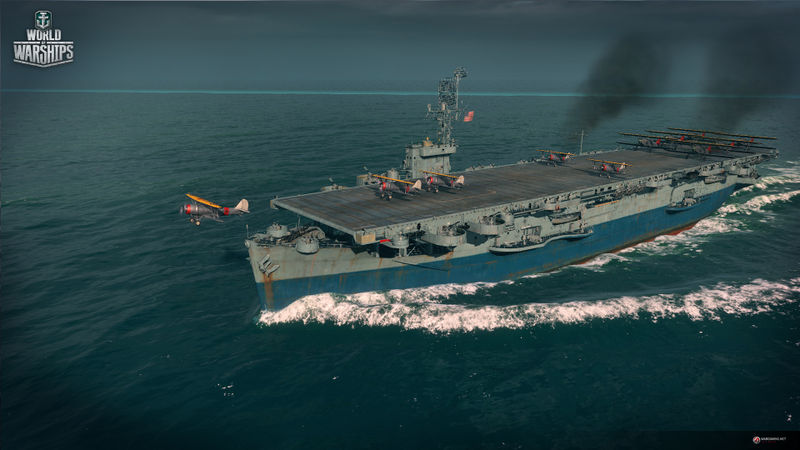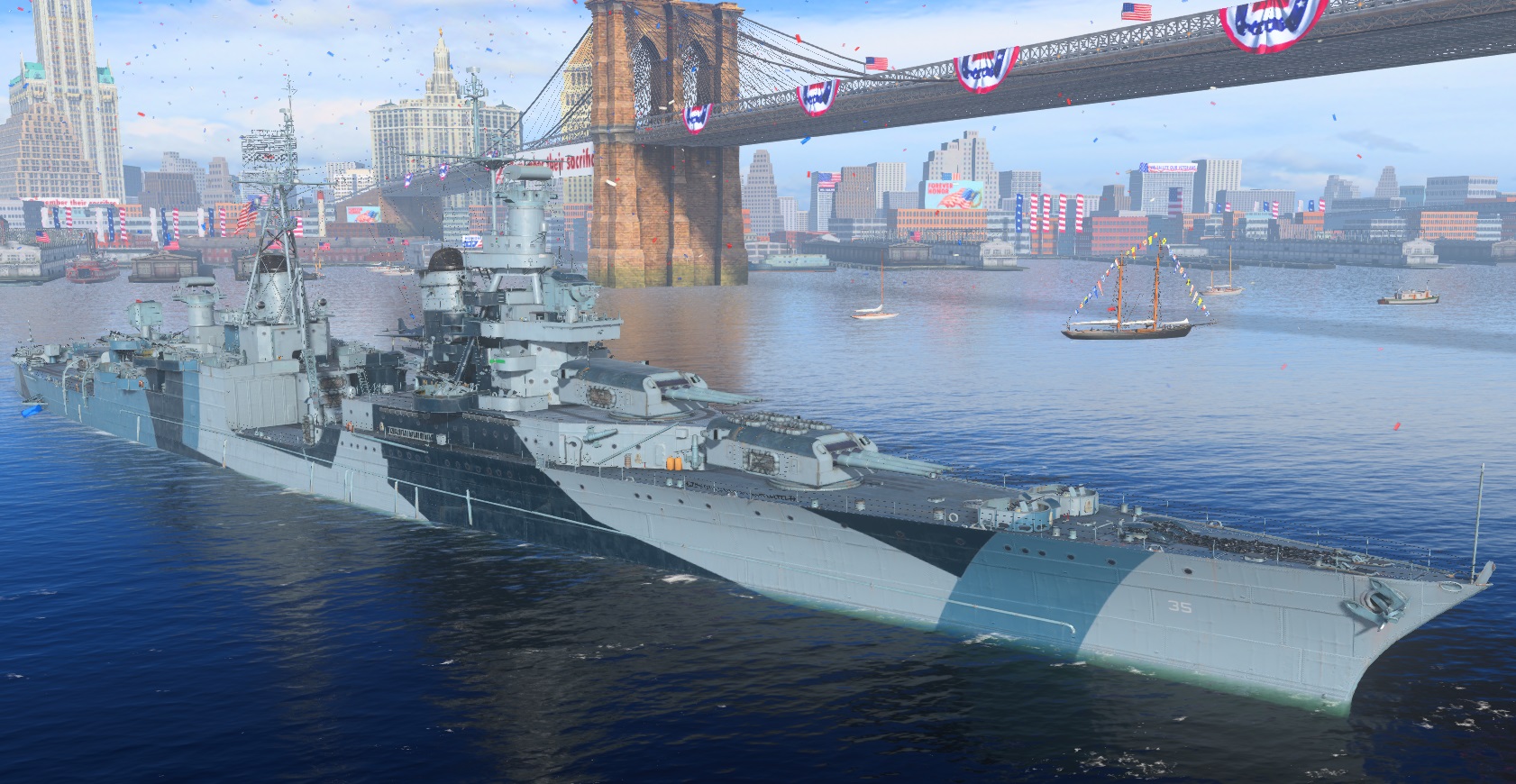
A detailed design (Project 171) had been completed by the end of 1919, but there were significant reservations within the Navy and the Chief of the General Staff withdrew them in February 1920. The design of this class was the result of a protracted process that had started in mid-1919, with the Italians as likely adversaries.

The fate of these three ships after the French surrender illustrates the dichotomy within the French armed forces at the time: one ship was interned, then joined the Free French, another twice resisted Allied bombardment and was destroyed, and the third was disarmed at a French colonial port and subsequently sunk. They were fast and economical, although with a limited range. Twenty-year-old Duguay-Trouin could still maintain 27.7 knots (51.3 km/h 31.9 mph) at her post-war displacement of 10,900 tons. All three achieved 33 knots (61 km/h 38 mph) on trials and could easily maintain 30 knots (56 km/h 35 mph) in service. They were excellent steamers and proved successful and seaworthy over a quarter century of service. The Duguay-Trouin-class were the first major French warships built after World War I. 2 Gourdou-Leseurre GL-812, later GL-832, later 1 Loire 130.



 0 kommentar(er)
0 kommentar(er)
